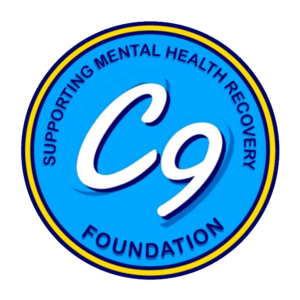Shedding Light on Self-Injury: Understanding, Compassion, and Support
Self-injury is a complex and often misunderstood phenomenon that affects individuals of all ages, backgrounds, and walks of life. Despite its prevalence, there are still many misconceptions surrounding self-injury, leading to stigma and shame for those who struggle with it. In this blog post, we aim to shed light on self-injury, offering insight, understanding, and support for those affected by it.
What is Self-Injury?
Self-injury, also known as self-harm or non-suicidal self-injury (NSSI), refers to the intentional, direct injuring of one's own body tissue without suicidal intent. Common methods of self-injury include cutting, burning, hitting, scratching, or other forms of self-inflicted harm. It's essential to recognize that self-injury is not a cry for attention or a manipulative behavior but often serves as a coping mechanism for individuals dealing with overwhelming emotions or distress.
Understanding the Motivations:
Contrary to popular belief, self-injury is not solely about seeking attention or causing pain. Instead, it often serves as a way for individuals to cope with intense emotions or to regain a sense of control over their lives. Many people who self-injure report feeling numb or disconnected from their emotions, and self-harm can serve as a way to feel something, even if it's pain. It's crucial to approach self-injury with empathy and understanding, recognizing that those who engage in it are struggling and in need of support.
Breaking Down Stigma:
Stigma surrounding self-injury can be incredibly harmful, preventing individuals from seeking help and perpetuating feelings of shame and isolation. It's essential to challenge misconceptions about self-injury, emphasizing that it is not a sign of weakness or attention-seeking behavior but rather a coping mechanism for underlying emotional pain. By fostering open and non-judgmental conversations about self-injury, we can break down stigma and create a more supportive environment for those affected by it.
Seeking Help and Support:
If you or someone you know is struggling with self-injury, it's essential to seek help and support. There are various resources available, including therapy, support groups, and helplines, where individuals can find understanding and guidance in managing their emotions and finding healthier coping mechanisms. Remember, you are not alone, and there is hope for recovery.
Self-injury is a complex and multifaceted issue that requires empathy, understanding, and support. By challenging stigma, fostering open dialogue, and providing resources for help and support, we can create a more compassionate and inclusive society for those affected by self-injury. Together, let's work towards breaking the cycle of shame and offering hope and healing to all who struggle with self-harm.

